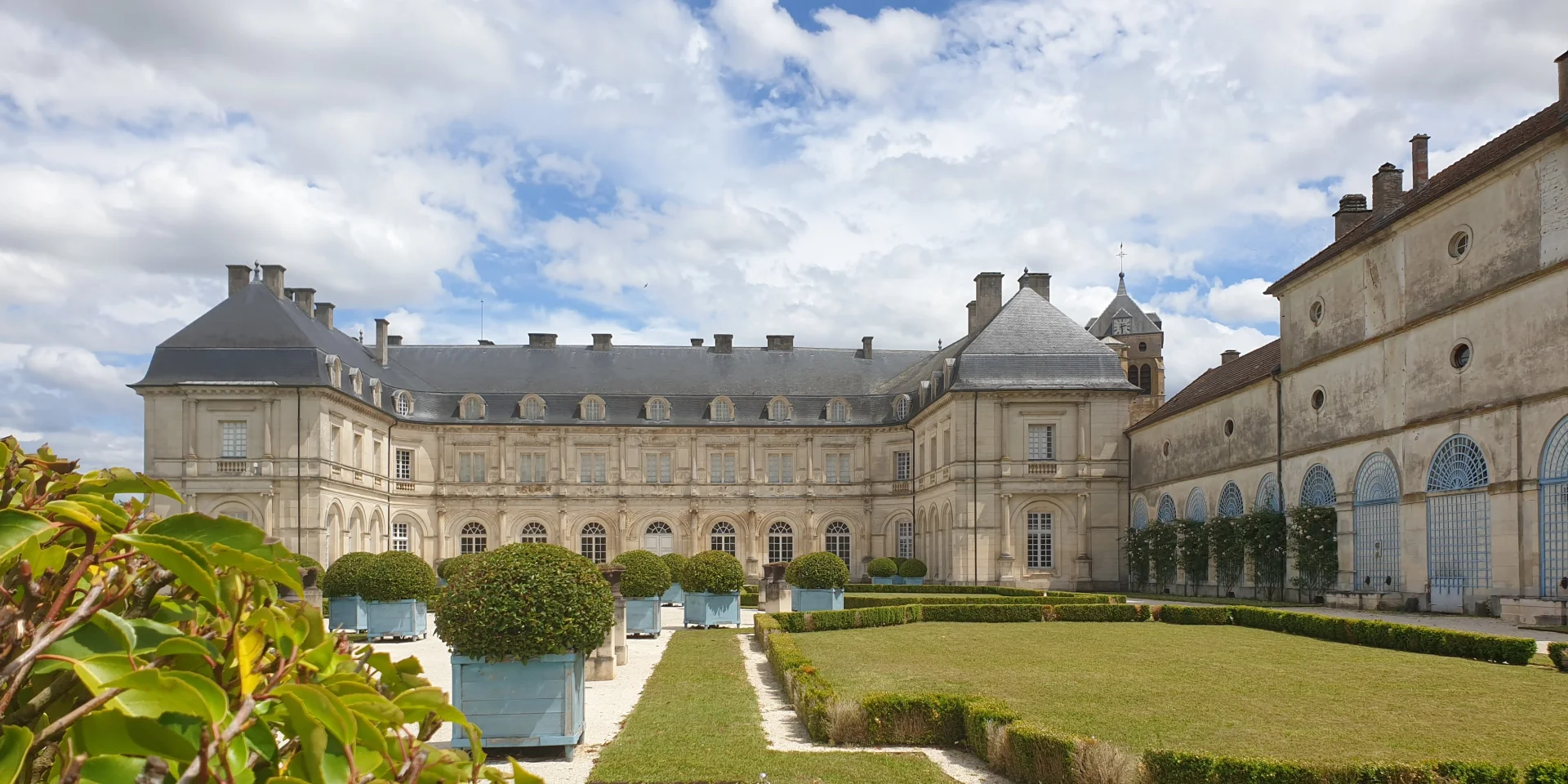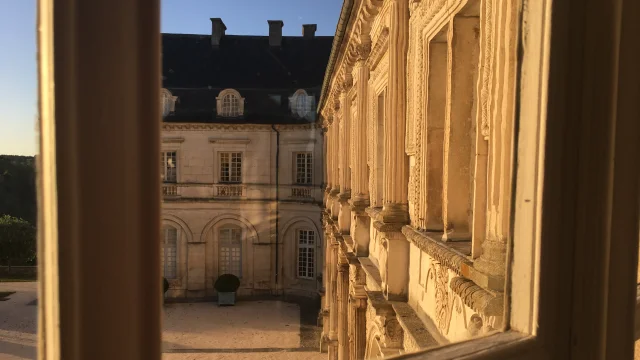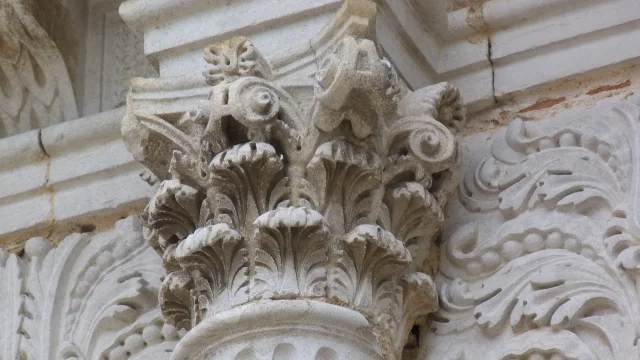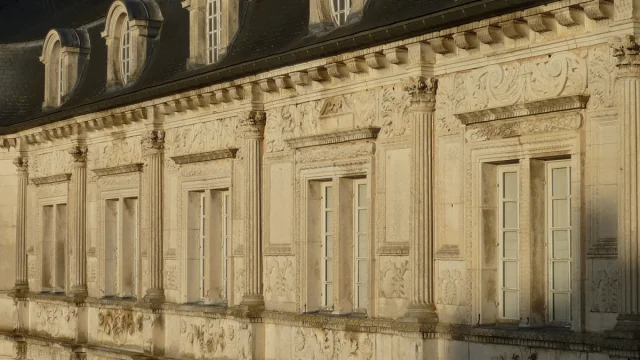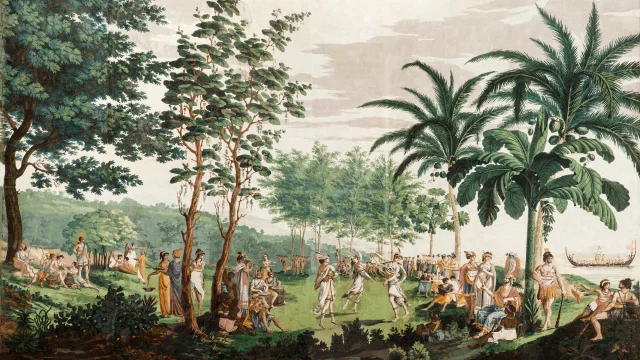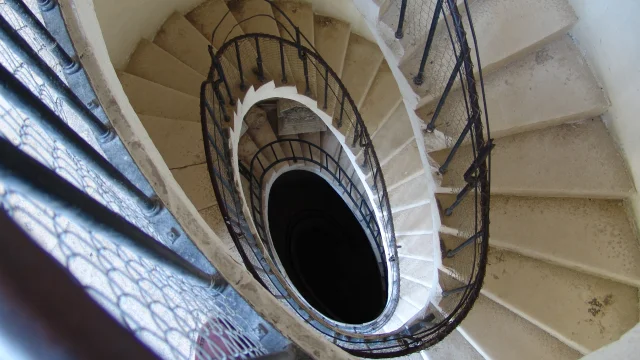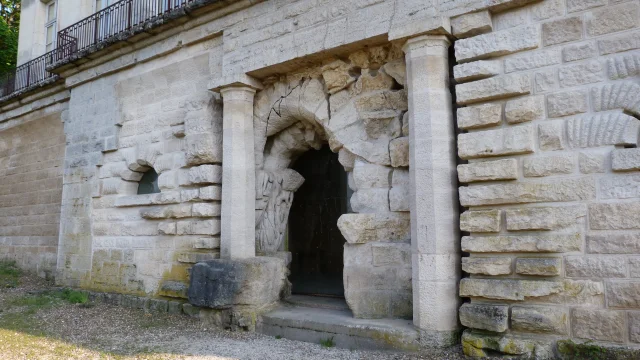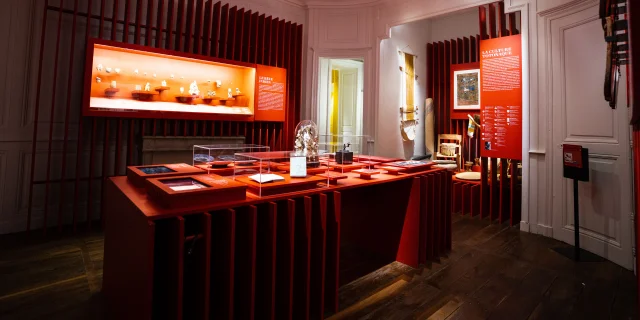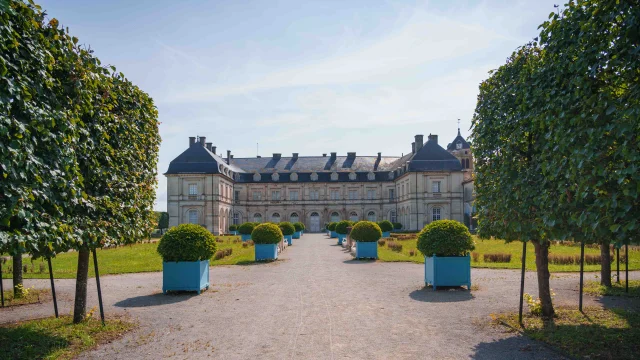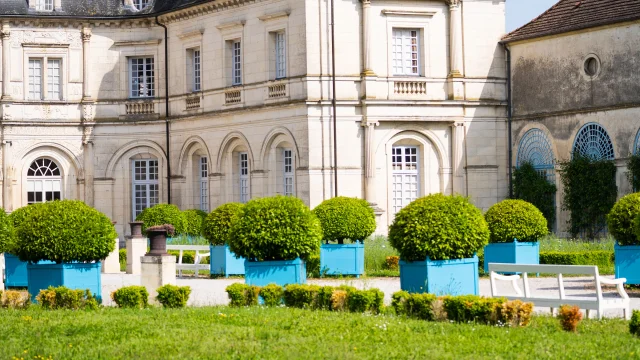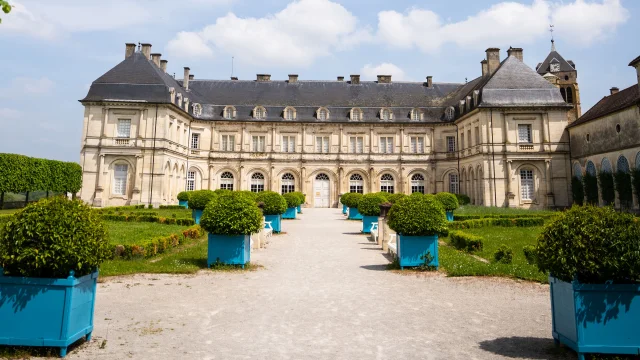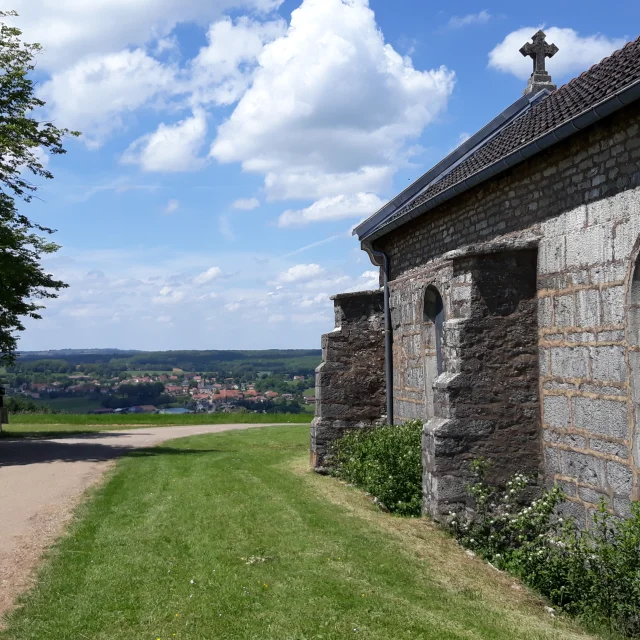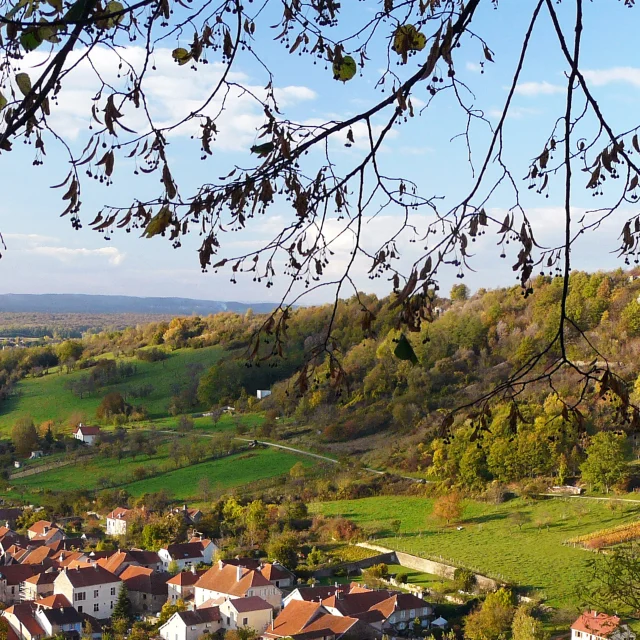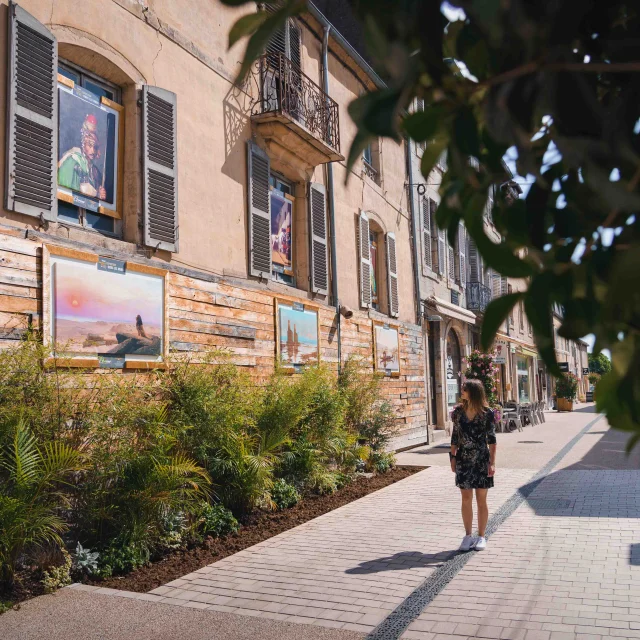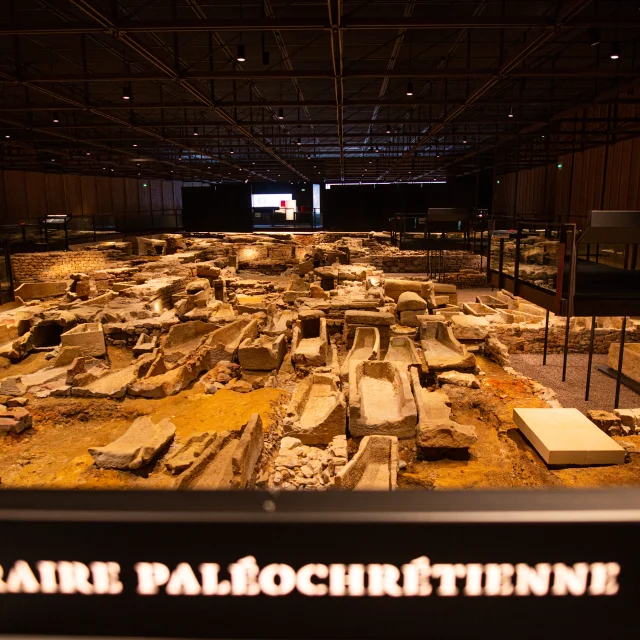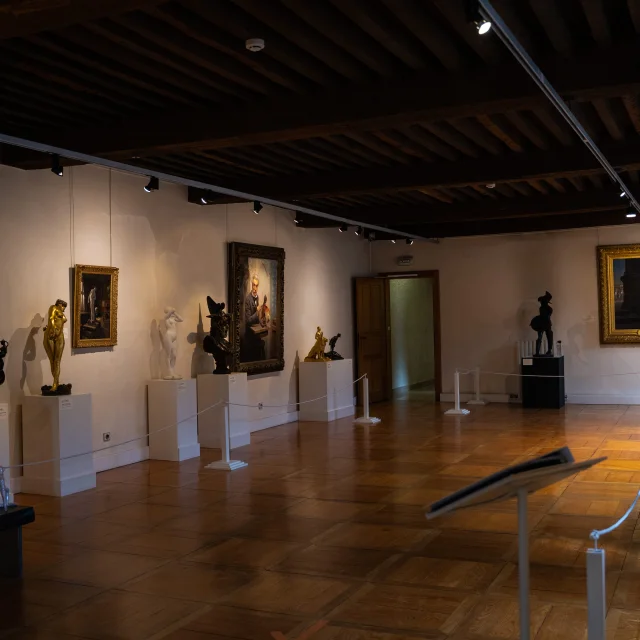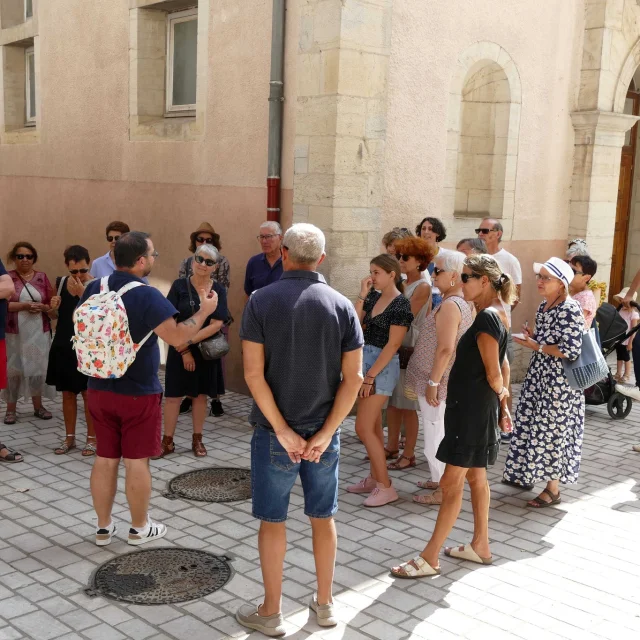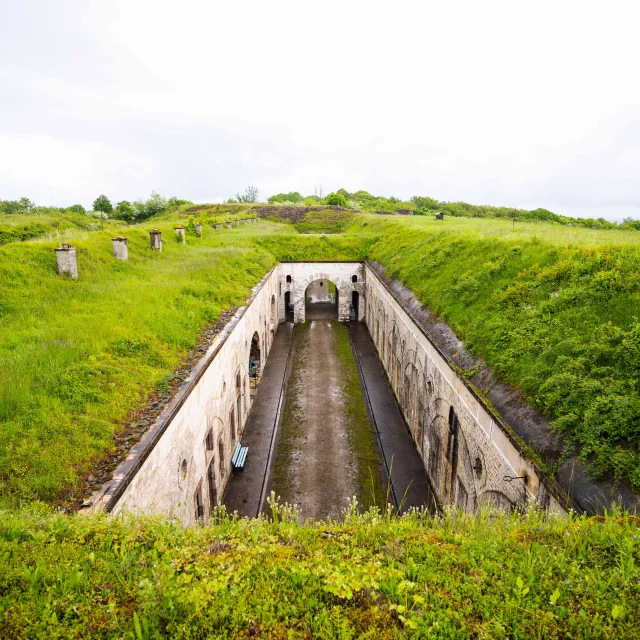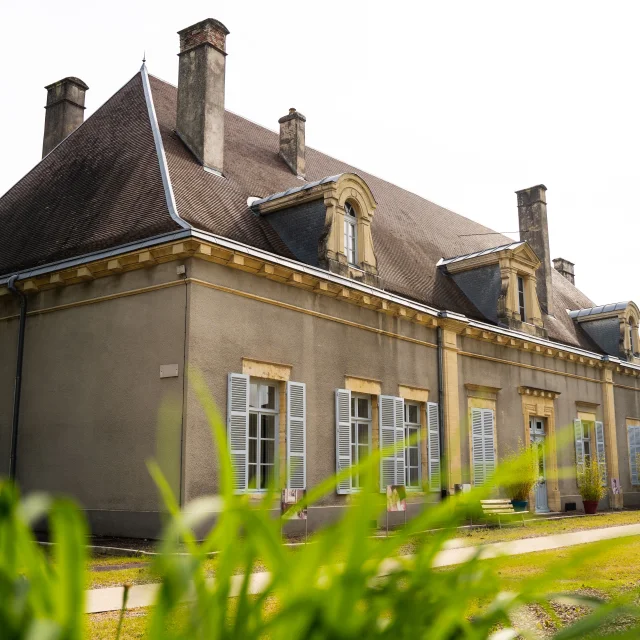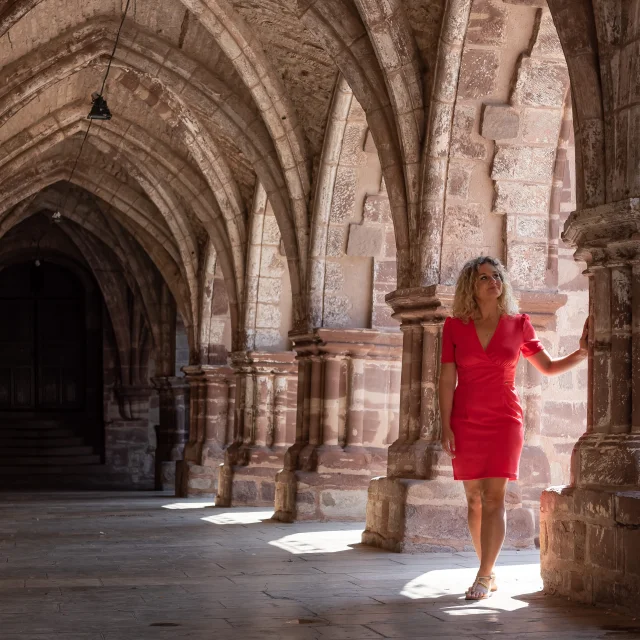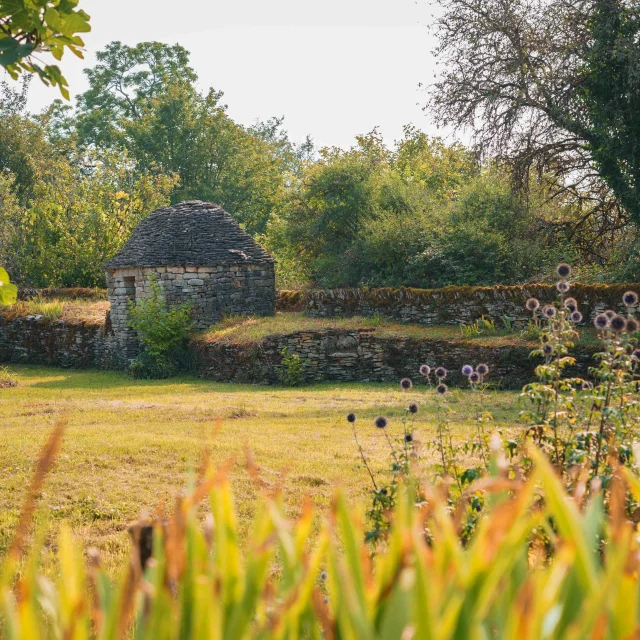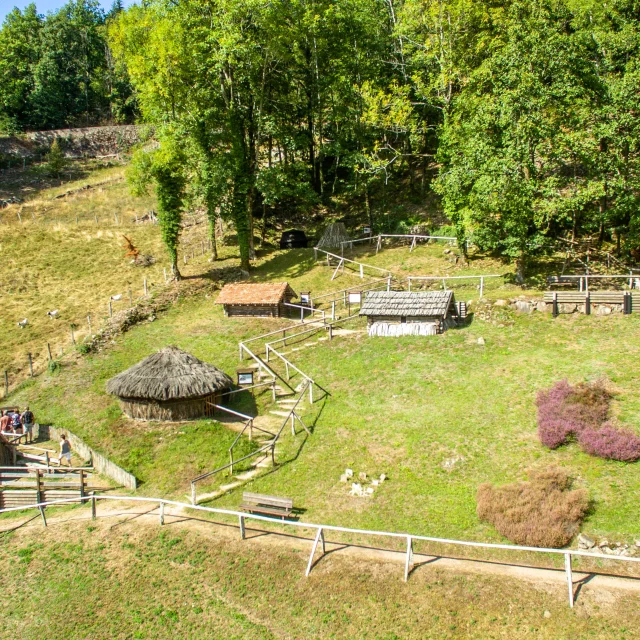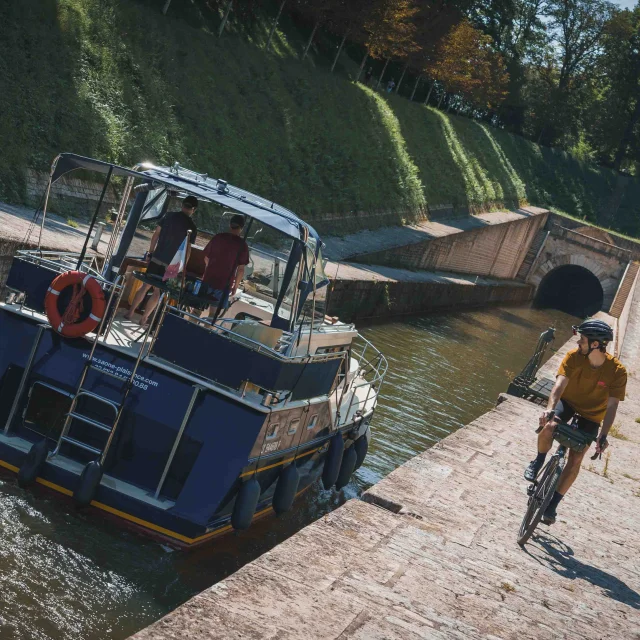The presence of a fortified castle can be traced back to the Middle Ages. In 1565, François de Vergy, then Lord of Champlitte, decided to add a Renaissance wing to the existing castle. Flemish and Italian influences left their mark on the decoration of this façade.
Unfortunately, the château was destroyed by fire in 1751; only its Renaissance façade was spared. Reconstruction, entrusted to the Comtois architect Colombot, began in 1765 under the aegis of Jean François de Toulongeon, with the rebuilding of the south wing. Work continued until 1782 under the architect Bertrand, giving rise to the building we admire today.
In 1804, the château was enhanced by an exceptional interior design: panoramic wallpapers entitled “The Savages of the Pacific Sea” adorned the walls of the oval drawing room on the ground floor, still offering visitors a breathtaking view today.
Another original feature of the château is the summer salon, nicknamed “the grotto”, which is accessed by a spiral staircase. The entrance to this unusual room was designed by sculptor Luc Breton, and features faux rocks and two columns, creating a unique atmosphere.
